- [Essay in My Heart] A Book Review: Cannery Row (한국어)6202022.07.07
- [Essay in My Heart] 물건(物件)의 은퇴(隱退)6192022.07.20
- [Essay in My Heart] A Book Review: Cannery Row (English)5952022.07.23
- [Essay in My Heart] Retirement of Things3952022.07.28
- [내 마음의 韓詩 448 – Korean Poem in My Heart 448] 一生4042022.07.24
[Essay in My Heart] A Book Review: Cannery Row (English)
2022.07.23[Essay in My Heart]
A Book Review: Cannery Row
By Solti
Cannery Row is a short story by the famous American novelist John Steinbeck, first published in 1945 by The Viking Press. This novel by John Steinbeck was made into a movie in 1982 and introduced into a play in 1995.
Starting last winter and going through spring and summer, I read this novel little by little as I had spare time, and it was the Pacific Coast where the novel is set when I was living in Silicon Valley 20 years ago. It was around the time when I was unwittingly fascinated by the taste of Salinas, California, who traveled along the trail of John Steinbeck's hometown, near the beautiful Monterey area.
This story is written with Steinbeck's delicate brush strokes, telling small stories about the daily lives of villagers living on the streets of the Monterey area, where there are many sardine canneries in the northern port city of California.
The novel, which is 208 pages in total and consists of 32 chapters, begins as follows: “Cannery Row in Monterey in California is a poem, a stink, a grating noise, a quality of light, a tone, a habit, a nostalgia, a dream.” Steinbeck authored this novel in 1944 as one of his efforts to overcome the Great Depression era in his childhood hometown of Monterrey in the United States.
The characters include Lee Chong, a Chinese immigrant who owns a grocery store and runs “Lee Chong's Heavenly Flower Grocery,” Doc, a single marine biologist who runs a private marine research lab, and Mack who is 48 years old of “the elder, leader, mentor, and small extent exploiter of a little group of men who had in common no families, no money, and no ambitions beyond food, drink, and contentment.”
Here, Doc was modeled after Steinbeck's friend Ed Ricketts, a prominent marine biologist, and motivated Steinbeck to draft this novel. Doc's Western Biological Laboratory was reconstructed from a novel by Steinbeck with reference to Ricketts' Pacific Biological Laboratories, which conducted research at 800 Cannery Row from 1928 to 1948.
Other characters include Dora Flood, who runs “Bear Flag Restaurant,” Hazel, a young but not smart, good, strong, loyal young man who lives with Mack, and Eddie, another young man who lives with Mack as a part-time bartender. There is a Chineseman who appears out of nowhere while wandering the town as a mysterious figure.
The area in which the novel is set, Oceanview Avenue in Monterey, was later renamed “Cannery Row” to commemorate the publication of the novel.
Mack and the children he lives with plan to hold a simple "thank-you party" for Doc, who are friends of all of them and used to do them favors without asking for anything in return. This surprise party plan is eventually made known to everyone in town. Unfortunately, however, the party is uncontrollably messed up, Doc's lab and house are a mess, and Doc falls into a depression.
After messing up a party to reward Doc's charitable deeds, Mack and his children secretly plan a second party to make up for their mistake, which fortunately turns out to be quite successful, unlike the first.
The villagers secretly prepare their own gifts for Doc in their own way, and after enjoying the party and having a tough time ending the party, Doc is left alone and listens to music, immersed in his thoughts.
Some of the main setting locations of the novel include Lee Chong's general store, which villagers frequent for their daily necessities; 'The Palace Flophouse and Grill' where Mack and his boys live; 'The Bear Flag Restaurant,' a bar run by Dora Flood; ' 'Western Biological Laboratories,' Doc's home and laboratory, and La Jolla, California, where Doc used to go to catch octopus for experiments.
If you look at the overall structure of the novel, in the first half of the novel, there are several scenes where Lee Chong talks with the villagers centered on his general store. After that, episodes of Mack and his boys on a multi-day journey in a rental car to catch an experimental frog at the request of the Doc are introduced. In the second half, episodes related to the two parties planned for Doc are described in detail.
In the middle of the novel, in particular, the following passages about the factors that make life's failures and successes possible in society as Doc spoke of are particularly memorable to me:
“It has always seemed strange to me,” said Doc. “The things we admire in men, kindness and generosity, openness, honesty, understanding, and feeling, are the concomitants of failure in our system. And those traits we detest, sharpness, greed, acquisitiveness, meanness, egotism, and self-interest, are the traits of success. And while men admire the quality of the first they love the produce of the second.”
Here are some thoughtful themes that I personally felt while reading this novel:
1. How should cooperation based on a sense of community be implemented smoothly and what results can be expected?
2. What are the factors and standards necessary for human happiness and satisfaction?
3. How should we think about drinking and prostitution?
4. How can we overcome the general and superficial view of a person?
5. How can we overcome longing?
6. How can the differences in understanding of cultural differences between East and West be narrowed as much as possible?
7. Are the issues of ethics and morals always absolute?
8. What do you think about America's endemic violent culture (including parties)?
9. How can you think about the family composition and the values of each role in the family and the issue of love between family members?
10 . How can we solve people's basic needs (clothing, food, and shelter) without any problems while amicably negotiating with each other in the community?
Feeling a little different from the way the story unfolds in typical short stories, the novel ends with the following monologue, which Doc writes as he wipes his tears with the back of his hand: With him, the white rats bustling in the cage and the rattlesnakes quietly staring into the air with terrifying eyes in the glass bottle.
Even now
I know that I have saved the hot taste of life
Lifting green cups and gold at the great feast.
Just for a small and a forgotten time
I have had full in my eyes from off my girl
The whitest pouring of eternal light-
If you would like to take time out these days of sizzling sweltering summer weather to quietly think about the above ten themes by yourself, I would not hesitate to recommend Cannery Row as a candidate for a fun short story worth reading this summer. ***
July 23, 2022


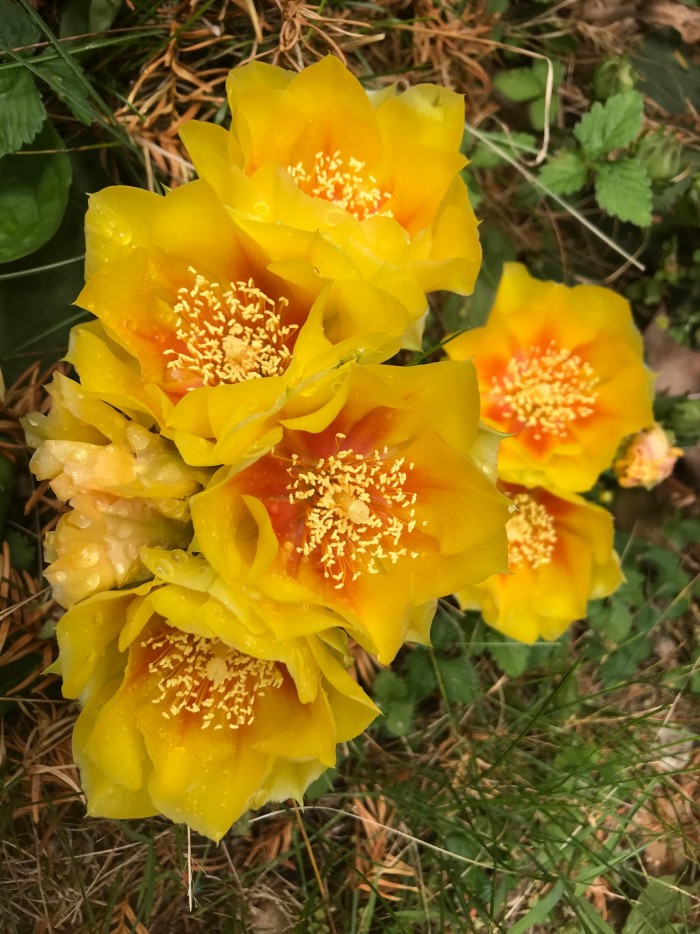





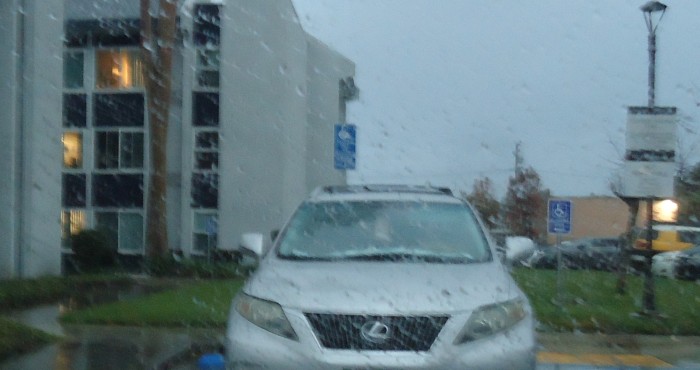 비오는 날에~
비오는 날에~
 Nembutal-Pentobarbital 구매, 시안화 칼륨 구매, Xanax 구매
Nembutal-Pentobarbital 구매, 시안화 칼륨 구매, Xanax 구매
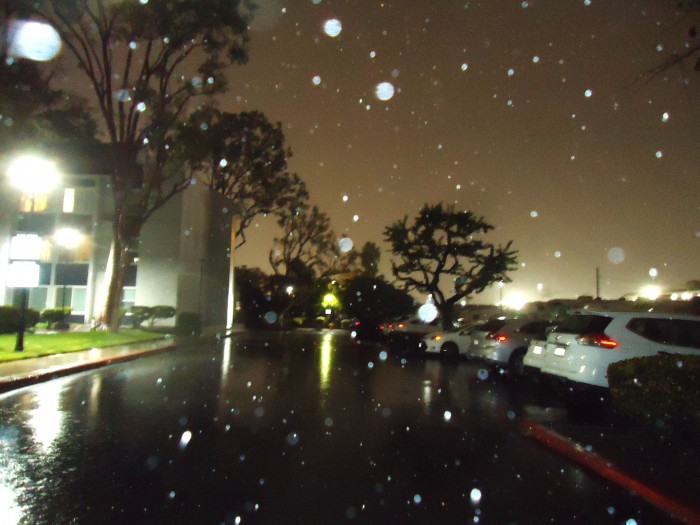 일상이 되어 버린 요즘~
일상이 되어 버린 요즘~
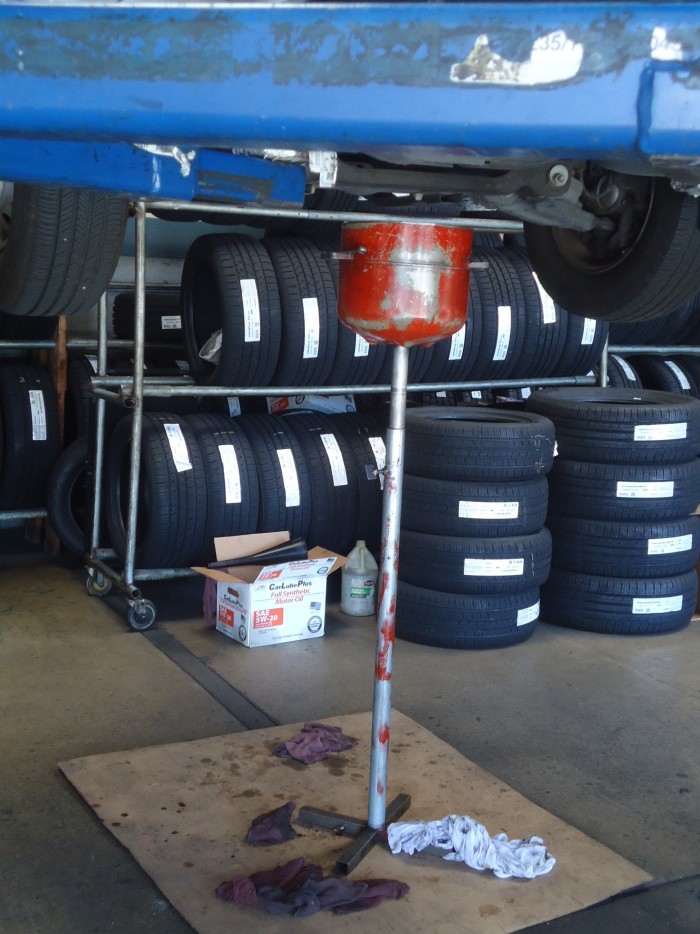 광고를 본 뒤에?
광고를 본 뒤에?
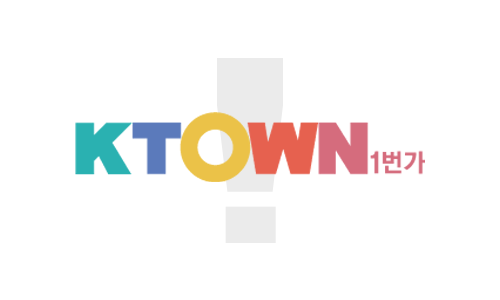 [미국 부동산] 부자는 '좋은 집' 보다 돈이 되는 위치를 !!!
[미국 부동산] 부자는 '좋은 집' 보다 돈이 되는 위치를 !!!
 Generic Enzalutamide Capsules Online Price Philippines
Generic Enzalutamide Capsules Online Price Philippines
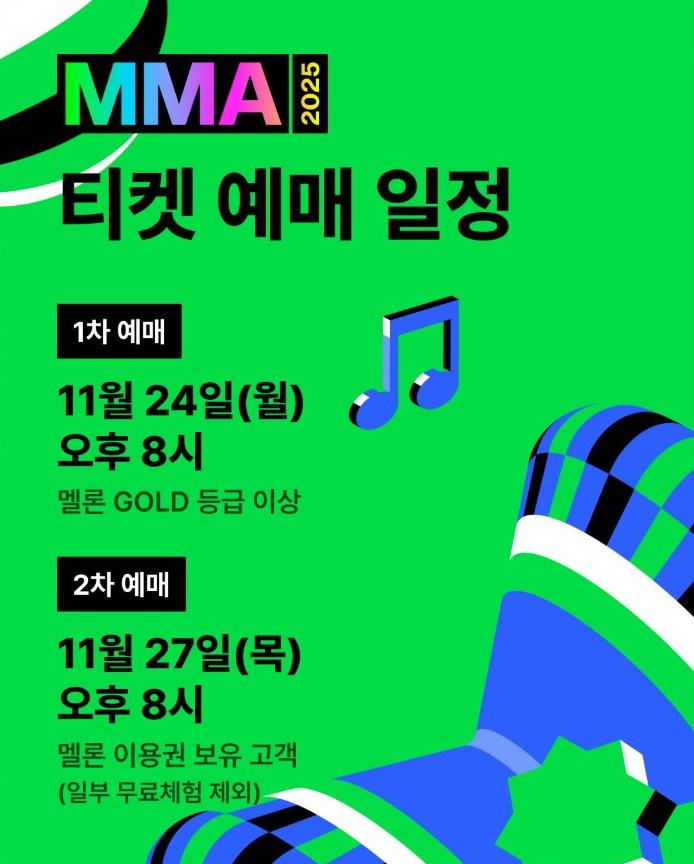 MMA 2025 티켓팅 멜론뮤직어워드 티켓 예매 멜뮤 콘서트 공연 일정
MMA 2025 티켓팅 멜론뮤직어워드 티켓 예매 멜뮤 콘서트 공연 일정
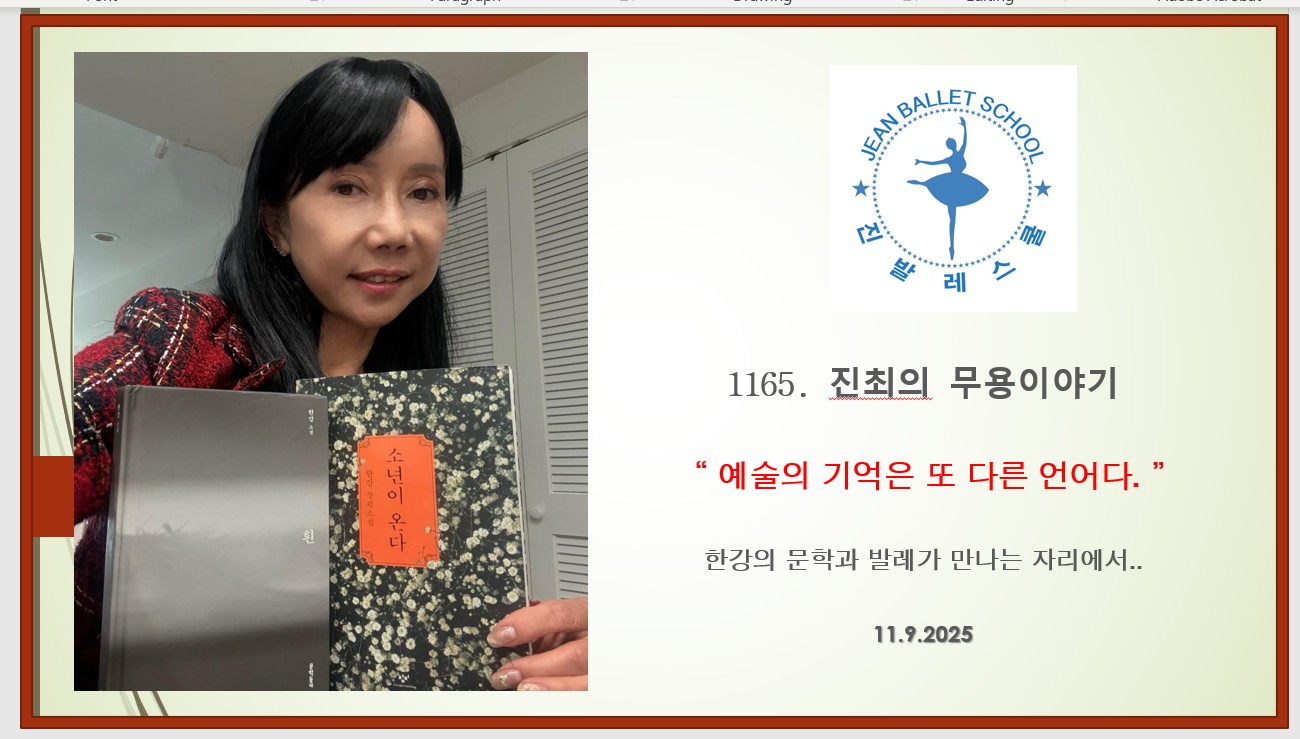 431." 예술의 기억은 또 다른 언어다. " 한강의 문학과 발레가 만나는 자리에서..
431." 예술의 기억은 또 다른 언어다. " 한강의 문학과 발레가 만나는 자리에서..
